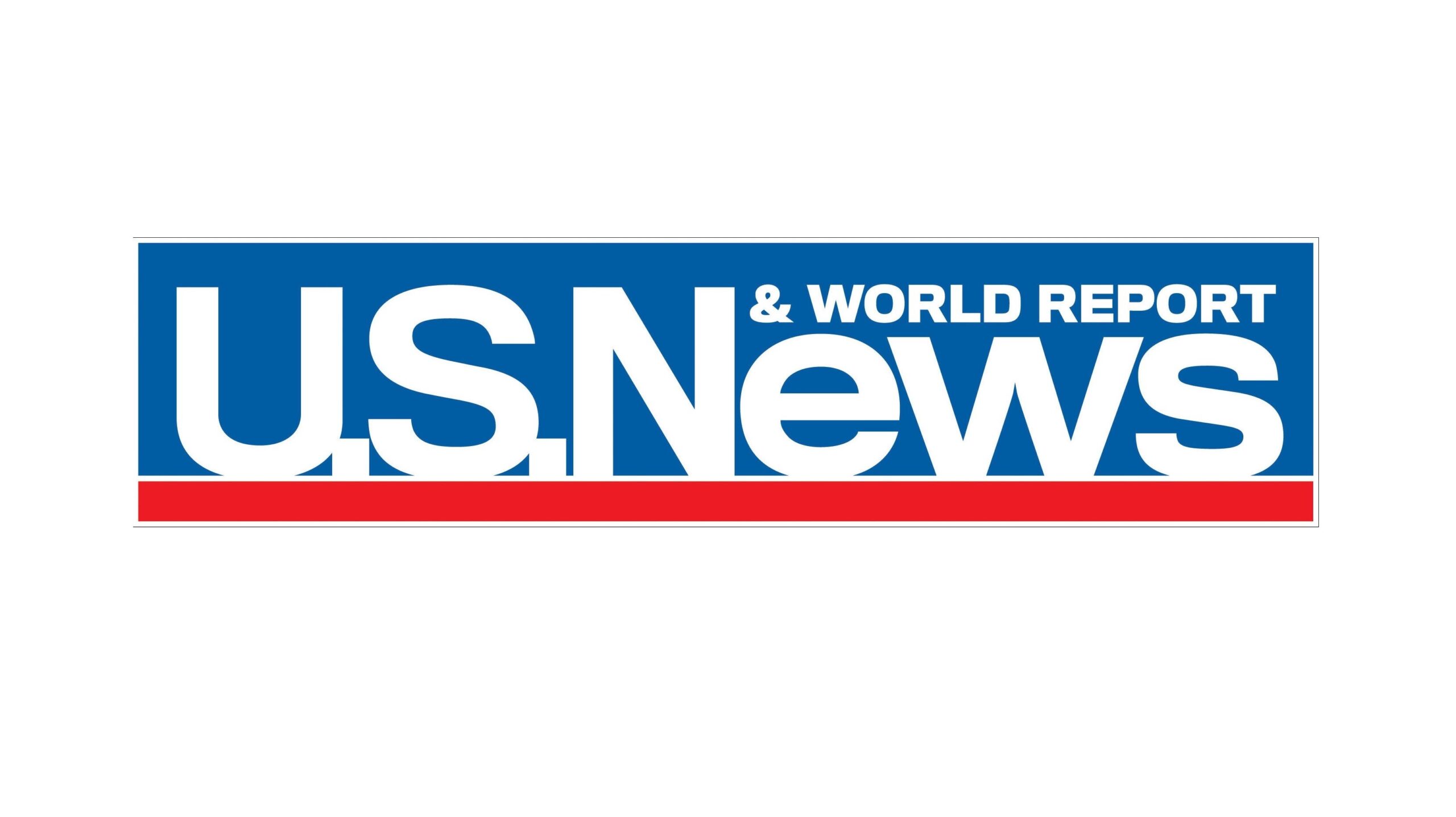Will the Stock Market Crash in 2023? 7 Risk Factors
Edited by Jordan Schultz
Aug. 31, 2023, at 4:01 p.m.
Rising interest rates and inflation have started to take a toll on the stock market.
Will the Stock Market Crash?
Despite remaining resilient throughout most of 2023, the U.S. stock market has started to falter in August.
With the Labor Day weekend signaling the last days of summer, investors are left to wonder if there’s enough heat to keep the U.S. economy percolating after the first eight months of 2023.
Inflation still vexes U.S. households, and high interest rates are holding the nation’s housing and credit markets hostage with no relief in sight. Later in the year, rising oil and gas prices coupled with angst over China’s wobbly economy threw a few more logs on the fire.
Now, talk of a recession remains on the front burner as autumn beckons. Wolters Kluwer’s Blue Chip Economic Indicators – a survey of more than 50 U.S. economists employed by some of America’s largest and most respected manufacturers, banks and insurance companies – assigns a 50% probability of a recession within the next 12 months as of early August. That’s down from 56% in July and 61% in May.
With stock market returns receding in a rough market and continued high consumer prices and credit and lending rates, can the stock market keep moving forward toward the end of 2023, or is a potential market crash in play?
A Roiling Stock Market
The U.S. stock market has been resilient in 2023 but is showing signs of wear and tear, Wall Street experts say.
The S&P 500 was on a tear this year up until August, but it has since started to falter. “There is significant market risk as we enter September, which is considered the weakest month for stocks,” says Anthony Denier, CEO of Webull, a commission-free trading platform.
Investors need to be cautious as the seasonal patterns of autumn come into play in a highly tense market environment.
“The pullback after Nvidia’s recent earnings report was a signal that the recent tech rally is exhausted,” Denier says. “In addition, with rising bond yields and the lack of clarity from the Federal Reserve on interest rates, there remains deep uncertainty about the economy. Last week, Powell shot down the idea of rate cuts and hinted at the possibility of more rate hikes.”
High Inflation
The U.S. inflation rate stands 3.3% for July, against 3% in June and 3.8% in May, as measured by the personal consumption expenditures price index, the Fed’s preferred inflation gauge. While inflation remains sticky, it has come down significantly from last year’s 6.3% reading in July 2022.
Tell that to consumers who still struggle to afford a new or used vehicle or buy a new home, let alone buy groceries.
“When economists said inflation was ‘transitory,’ that was probably the biggest blunder for the year,” says Glenn Tompkins, senior instructor at VectorVest Inc. in Cornelius, North Carolina. “The economy was robust, and the market was rocking, but increasingly high prices arose and the Federal Reserve did not want to slow things down.”
Now the Fed is “adamant” about getting inflation back to 2% from a high of 9% and “that will cause the economy more pain going forward,” says Tompkins.
Any acceleration in inflation would put the Fed on its heels to contain inflation and would cause the Fed to continue raising rates. “If inflation starts to accelerate, we definitely could see the market pull back on fears of the Fed putting the economy into a hard landing scenario,” says Heeten H. Doshi, founder of Doshi Capital Management in New York City.
A Stock Market Disconnect
Some experts believe the stock market is at optimal health in terms of its valuation, which is unsustainable.
“Currently, we’re not comfortable having meaningful allocations to stocks at the moment,” says Michael Wagner, co-founder and chief operating officer at Omnia Family Wealth in Aventura, Florida.
While Wagner’s primary concern is valuation, he doesn’t think there’s a legitimate risk of a systemic blowup similar to the 2008-2009 crash. That said, he does believe a weary market has tuned out economic policymakers.
“The risk now is the stock market is not necessarily hearing what Powell is saying,” he notes. “The conventional wisdom is that low rates are good for stocks, but his recent comments were quite hawkish. At some point, people may realize that there are other opportunities in this high-rate environment, and they may decide to sell stocks and invest in other areas.”
A Difficult Housing Market
As recently as this spring, the U.S. housing market seemed to be holding steady, with robust home price appreciation and high housing start numbers. That momentum is dissipating in the second half of the year, as the number of homes for sale declined by 7.9% year over year in August amidst some of the tightest inventories the residential real estate market has seen in years, Realtor.com reports. There was a 3.5% jump in home listings from July to August, however.
Meanwhile, U.S. mortgage rates are skyrocketing, climbing to an average of 7.48% for a 30-year fixed-rate loan. That’s tough on home buyers, who’ve seen high rates increase the monthly cost of financing 80% of an average home purchase by about 21.7% compared to August 2022, according to Realtor.com.
“While the uptick in new listings is good news for home shoppers, inventory remains persistently low, even with record-high mortgage rates putting a damper on demand,” said Danielle Hale, chief economist for Realtor.com. “The inventory crunch continues to put upward pressure on home prices, amplifying affordability concerns and shutting some potential buyers out of the market. However, we anticipate mortgage rates will gradually ease through the end of the year and, despite this month’s bump in home prices, we’ll be unlikely to see a new price peak this year.”
September Economic Data
Investors may need to fasten their belts for a volatile autumn as September kicks off.
“Upcoming economic data reports, Fed meetings and expected political theater around the government shutdown will all feed into the volatility, which just adds to the fact that retail volumes already indicate that investors are on the edge heading into the rest of 2023,” says Dan Raju, CEO of Tradier, a brokerage trading platform in Charlotte, North Carolina.
Several specific risk factors that market experts look for right now are the consumer price index, or CPI, unemployment numbers and the yield on the 10-year Treasury.
“The CPI and unemployment numbers will determine whether the Fed raises or stops raising interest rates,” Denier says. “The 10-year Treasury yield guarantees a rate of return that stocks will have to beat to remain competitive, and they currently look fully valued.”
China Woes
China is the biggest buyer of everything globally, and when its economy is firing on all cylinders, the U.S. benefits as it can sell more products to China.
Yet shadows loom over the Chinese economy, and that is having a big ripple effect on the U.S. economy.
“Right now, China’s economy is in the doldrums, and it’s affecting economies globally,” Tompkins says. “As China goes, many other economies go. Yet China is trying to stimulate its economy by printing money, and that’s not a good trend for the U.S. in the second half of 2023.”
In late August, Hong Kong’s Hang Seng Index dropped into bear market territory and saw a 19% decline from its January peak. Simultaneously, the Chinese yuan slid to a 16-year low against the U.S. dollar, triggering action by China’s central bank to boost the currency’s rate against the dollar, but at a rate that’s significantly higher than its real market value.
A host of investment banks, including UBS, Morgan Stanley and Barclays, have lowered their China gross domestic product forecasts going forward, leaving investors anxious over what a declining China means for their investment portfolios.
Rising Oil Prices
Oil is an inflationary indicator, and the current rise in prices also represents a rise in inflation.
“Supply has been suffocated by Russia and OPEC,” Tompkins notes. “The price of oil is on the rise and will continue down that path to try to put more money in the OPEC countries’ pockets.”
That’s not the only problem with oil and gas.
“The U.S. has sold a lot of the nation’s strategic oil reserve to stave off the rising price of oil to stem the price of gas at the pumps,” Tompkins notes. “We are currently in an active hurricane season, and if any of our gulf rigs get hit, oil could spike in a very big way, which would hurt the Fed’s inflation-fighting efforts.”
Not only is West Texas Intermediate crude oil trading at about $82 per barrel – about $10 higher than the market saw in June – but average U.S. gasoline prices have risen to $3.82 per barrel, near the highest levels consumers have seen in 2023.
With OPEC sticking to its June plan to cut oil production by 1 million barrels per day (and after an April announcement to curb oil production by 1.6 million barrels per day) production cuts coupled with high inflation could threaten the massive U.S. energy market as 2023 draws to a close.
Where Investors Stand Right Now
By and large, investment experts seem to agree the stock market seems risky as the calendar flips to September.
“We’ve had a pretty big run-up this year on the notion of a soft landing and the Fed pausing, and valuations are no longer cheap,” Doshi says. “That leaves the market prone to a correction. If inflation stays low, we could see the market trade sideways to higher over the remaining months.”
The primary fear is that inflation could move higher and put pressure on the Fed to keep raising rates, which “would be a bearish scenario for the stock market,” Doshi adds.
With the S&P 500 and Nasdaq up 17.6% and 33.9% through Aug. 30, respectively, Doshi says it may be a good time to take stock of your portfolio.
“Now is not the right time to make a big move until we have more clarity on the state of inflation, the economy and the Fed,” he says. “Instead, investors should trim positions that have had big runs and save some dry powder for later on.”

